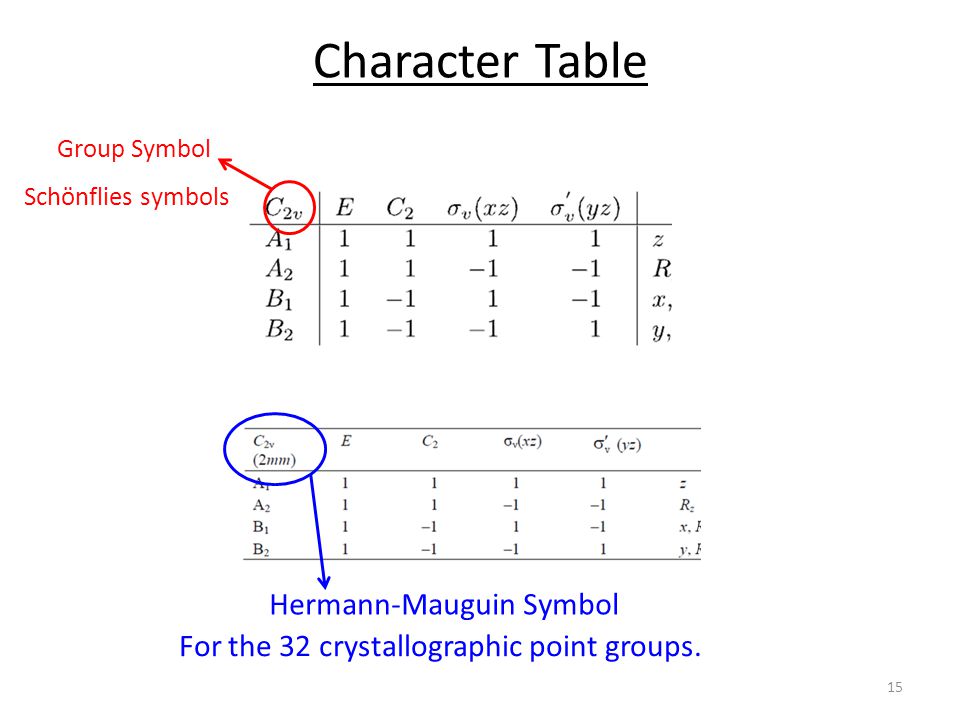

Barlow ( 1894) later enumerated the groups with a different method, but omitted four groups (Fdd2, I 42d, P 42 1d, and P 42 1c) even though he already had the correct list of 230 groups from Fedorov and Schönflies the common claim that Barlow was unaware of their work is incorrect. The correct list of 230 space groups was found by 1892 during correspondence between Fedorov and Schönflies. The space groups in three dimensions were first enumerated in 1891 by Fedorov (whose list had two omissions (I 43d and Fdd2) and one duplication (Fmm2)), and shortly afterwards in 1891 were independently enumerated by Schönflies (whose list had four omissions (I 43d, Pc, Cc, ?) and one duplication (P 42 1m)). More accurately, he listed 66 groups, but both the Russian mathematician and crystallographer Evgraf Fedorov and the German mathematician Arthur Moritz Schoenflies noticed that two of them were really the same. In 1879 the German mathematician Leonhard Sohncke listed the 65 space groups (called Sohncke groups) whose elements preserve the chirality. Space groups in 2 dimensions are the 17 wallpaper groups which have been known for several centuries, though the proof that the list was complete was only given in 1891, after the much more difficult classification of space groups had largely been completed. 8 Derivation of the crystal class from the space group.7 Table of space groups in 3 dimensions.6 Table of space groups in 2 dimensions (wallpaper groups).A definitive source regarding 3-dimensional space groups is the International Tables for Crystallography Hahn (2002). In crystallography, space groups are also called the crystallographic or Fedorov groups, and represent a description of the symmetry of the crystal. In dimensions other than 3, they are sometimes called Bieberbach groups. Space groups are discrete cocompact groups of isometries of an oriented Euclidean space in any number of dimensions. In three dimensions, space groups are classified into 219 distinct types, or 230 types if chiral copies are considered distinct. The elements of a space group (its symmetry operations) are the rigid transformations of an object that leave it unchanged. In mathematics, physics and chemistry, a space group is the symmetry group of an object in space, usually in three dimensions. The first m indicates the mirror plane perpendicular to the c-axis (a), the second m indicates the mirror planes parallel to the c-axis (b), and the c indicates the glide planes (b) and (c). Without (, ) means they are different and can be counted twice.The space group of hexagonal H 2O ice is P6 3/ mmc. The (, ) means they are the same and can be counted once. In the same rotation there is another rotation, for instance O h has 3C 2=C 4 2 The # stands for the number irreducible representations for the sigmas. The # stands for the number of irreducible representation for the C n Rotation of 2 π /n and then reflected in a plane perpendicular to rotation axis. Inversion of the molecule from the center Reflection of the molecule horizontally compared to the horizontal highest fold axis. Reflection of the molecule vertically compared to the horizontal highest fold axis. Reflection of the molecule perpendicular to the other sigma

Symbols in the first row of the character tables Eĭescribes the degeneracy of the row (A and B= 1) (E=2) (T=3)Ģpi/n= number of turns in one circle on the main axis without changing the look of a molecule (rotation of the molecule)Ģ π /n= number of turns in one circle perpendicular to the main axis, without changing the structure of the moleculeĢ π /n= number of turns in one circle perpendicular to the C n' and the main axis, without changing the structure Symmetric with respect to \(σ_h\) (reflection in horizontal plane)Īnti-symmetric with respect to \(σ_h\) ( opposite reflection in horizontal plane) Symmetric with respect to the C nprinciple axis, if no perpendicular axis, then it is with respect to σ vĪnti-symmetric with respect to the C nprinciple axis, if no perpendicular axis, then it is with respect to σ vĪnti-symmetric with respect to the inverse (thirdly degenerate or three dimensional ) (singly degenerate or one dimensional) anti-symmetric with respect to rotation of the principle axis (singly degenerate or one dimensional) symmetric with respect to rotation of the principle axis Symbols under the first column of the character tables A (Mulliken Symbol)

The character tables takes the point group and represents all of the symmetry that the molecule has. Every molecule has a point group associated with it, which are assigned by a set for rules (explained by Group theory).


 0 kommentar(er)
0 kommentar(er)
